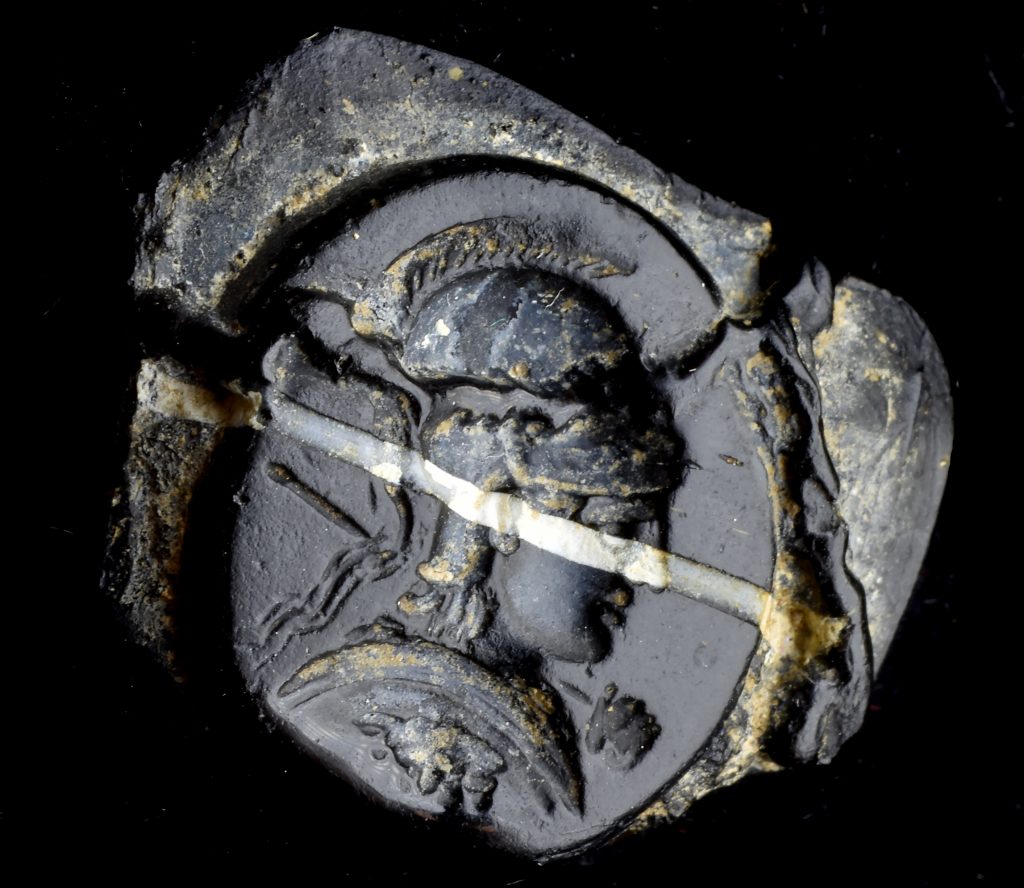Museums & Institutions
British Museum Will Publicly Display Some of Its Stolen Gems
The recently recovered Roman objects previously languished in storage, making them vulnerable to theft.

The recently recovered Roman objects previously languished in storage, making them vulnerable to theft.

Jo Lawson-Tancred

The British Museum has announced plans to include ten Roman gems that were stolen from its collection in a free exhibition “Rediscovery Gems,” opening this month. The items are among the 350 that have so far been recovered from the 2,000 pieces of jewellery, gems, and glassware that were allegedly stolen by the museum’s ex-curator for Greek antiquities, Peter Higgs.
Classical gems are often engraved with miniature relief sculptures of animals, mythical scenes, people, gods, and goddesses. They could be worn or used as seals. After the revival of interest in antiquity during the Renaissance, they became highly sought-after collectibles. Several of the examples stolen from the British Museum were bequeathed by the antiquarian Charles Townley in 1814. Since then, interest in these kinds of gems has diminished and his donation was left languishing in storage.
“Rediscovering Gems” seems to be an attempt by the British Museum to put the spotlight back onto these neglected items that were stolen without the museum noticing.
“We promised we’d show the world the gems that were stolen and recovered, rather than hide them away,” George Osborne, the chair of the Board of Trustees, told the BBC.
In 2016, the dealer Dr. Ittai Gradel began buying Roman gems on eBay from a seller known as sultan1966. He noticed that, of the 70 items he had bought, three were listed on the British Museum’s website. In early 2021, he tipped off the museum’s deputy director, Jonathan Williams, who dismissed the possibility that the gems could have been stolen. He has since resigned.
It appears the other objects in Gradel’s possession were not catalogued by the museum, making them particularly vulnerable to theft. In the wake of the scandal, the British Museum has initiated a five-year plan to fully digitize its entire collection of 8 million pieces.
It has also launched an ongoing effort to recover the 2,000 missing objects, making an appeal for members of the public to come forward on its website. “On the advice of recovery specialists, we are not sharing full details of the lost and damaged items at this time,” it stated. “What we can share is the type of material that we believe has been stolen.”
As many of these missing objects were uncatalogued, it is not clear what details the British Museum actually has to inform its search. It is working with a team of gem specialists, experts in the recovery of stolen art, and London’s Metropolitan Police Service. So far it has retrieved about 350 items.
Gradel has also been collaborating with the museum on this recovery process.
“I am greatly pleased to see that the whole culture of the institution appears to be changing to one of much greater openness and willingness to confront problems, than what I encountered in 2021,” he told the BBC.
He has returned all of the gems that he bought on eBay. One of these is a black glass bust of the Roman goddess Minerva that will be included in “Rediscovering Gems.”
“[Gems] are indeed deserving of far more study than they have received,” he said. “I look greatly forward to visiting the exhibition.”
“Rediscovering Gems” opens at the British Museum on February 15 and runs through June 2, 2024.